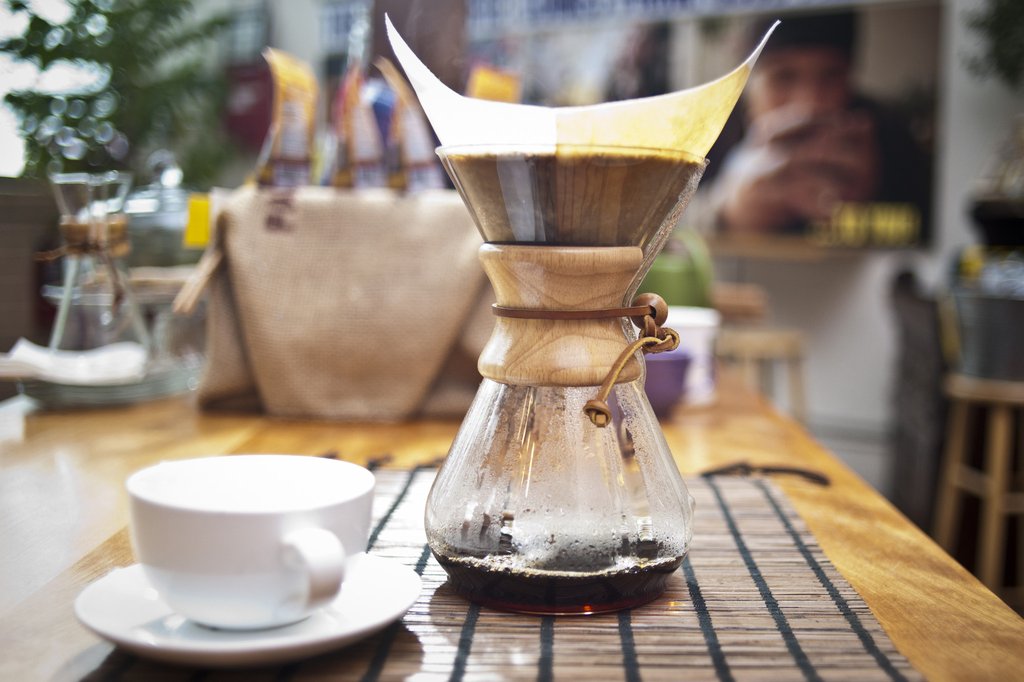Shopping Bag
0
- No products in the cart.

The National Coffee Association USA recently dropped its annual survey results, and, as usual, there’s a wealth of information to sift through to better understand the state of coffee drinking in America. The quick take: While overall coffee consumption remains steady, more Americans are turning to gourmet beans.
Yep, it seems America is becoming a coffee-snob country. Or something close to it.
Every year since 1950, the NCA has commissioned a survey to learn about the nation’s coffee habits. This year’s online survey was collected in mid- to late-January and included 2,815 respondents, ages 18 and older, who had consumed a beverage other than tap water the previous day. (You don’t actually have to drink coffee to take part in the survey.) The data was then weighted on age, gender, region and ethnicity to reflect the U.S. population, based on the U.S. Census Bureau’s 2016 current population survey. In short, it aims to be authoritative.
[For cold-brew coffee, the learning curve’s not so steep]
According to this year’s finding, coffee remains the No. 1 drink: Sixty-three percent of the respondents said they drank a coffee beverage (drip coffee, espresso, latte, cold brew, Unicorn Frappuccino, etc.) the previous day, a click down from 64 percent in 2018. (By the way, the second-most consumed beverage was unflavored bottled water, which might help explain the Great Pacific Garbage Patch.) Of those coffee drinkers, 61 percent said they had knocked back a “gourmet” cup of joe. This, according to the NCA, is the first time gourmet coffee has crossed the 60 percent threshold. Gourmet coffee drinkers clocked in at 48 percent in 2015 and rose to 58 percent last year.
If you ask the NCA how it defines the term “gourmet,” things get really wonky, really fast.
A spokesman says it has a lot to do with green, unroasted coffee beans: They must have “no more than 8 full defects in 300 grams,” Jordan Campbell said in an email. The coffee “also must possess at least one distinctive attribute in the body, flavor, aroma or acidity.” Campbell also notes that the Specialty Coffee Association labels “specialty coffee” anything with a cupping score of 80 or above (based on a 100-point scale).
But as Chris Vigilante pointed out in a phone call, you can have a lot of variation within those “gourmet” parameters. He would know. He’s the founder of Vigilante Coffee Co., the Hyattsville, Md.-based roaster and coffee shop. Vigilante said his company doesn’t buy any coffee beans with a cupping score below 85. Such beans drop under the standards he has set. “Eighty-seven is the breaking point,” Vigilante says. “That’s when you know it’s really, really good.”
One other factor to consider in America’s apparent turn toward gourmet coffee: The NCA study includes ready-to-drink coffee in this category. “Think: The Starbucks can you might buy in the supermarket,” Campbell says.
In other words, most American coffee drinkers are not sipping the stuff brewed with glass siphons, using the most expensive beans in the world. They might still be sucking down Starbucks from a can.
“The lines haven’t been defined clearly in the specialty sector,” Vigilante tells me. “I think it’s still super-new to the coffee world.”
Other takeaways from the 2019 survey:
• African Americans embrace gourmet coffee. Gourmet coffee drinking is up 7 percent among African Americans compared to last year’s survey. Asian Americans top the list of gourmet coffee drinkers at 47 percent, followed by Hispanic Americans at 46 percent, African Americans at 40 percent and Caucasian Americans at 39 percent. African Americans have embraced “non-espresso” beverages, including frozen blended drinks, cold brew and nitro coffee.
• Coffee drinking skews older. Seventy-two percent of those polled ages 60 and older drank coffee the previous day. Compare that with respondents ages 18 to 24: Only 47 percent said they had some form of coffee. Overall, the survey indicates that coffee drinking increases as Americans get older.
• Drip coffee is losing ground. This year, 45 percent of the respondents said they had sipped coffee brewed in a drip machine the previous day. In 2012, the percentage was 61 percent, a drop of 16 points. “This represents a gradual but fundamental shift in the American coffee landscape,” the survey notes.
Incidentally, single-cup brewers, such as the pod-based Keurig, are the second-most popular brewing method. Twenty-seven percent of those polled said they used these machines the previous day, eight points higher than in 2012.
• People know cold brew; they just don’t drink it. Nearly 80 percent of respondents said they were aware of cold brew coffee, but only 20 percent drank it regularly or occasionally. As the survey notes, “there is a large opportunity to convert those who are aware of cold brew but not currently drinking.” The survey also points out, somewhat academically, that the percentage of cold-brew drinkers might be larger if the question were asked during warmer months, instead of January.
